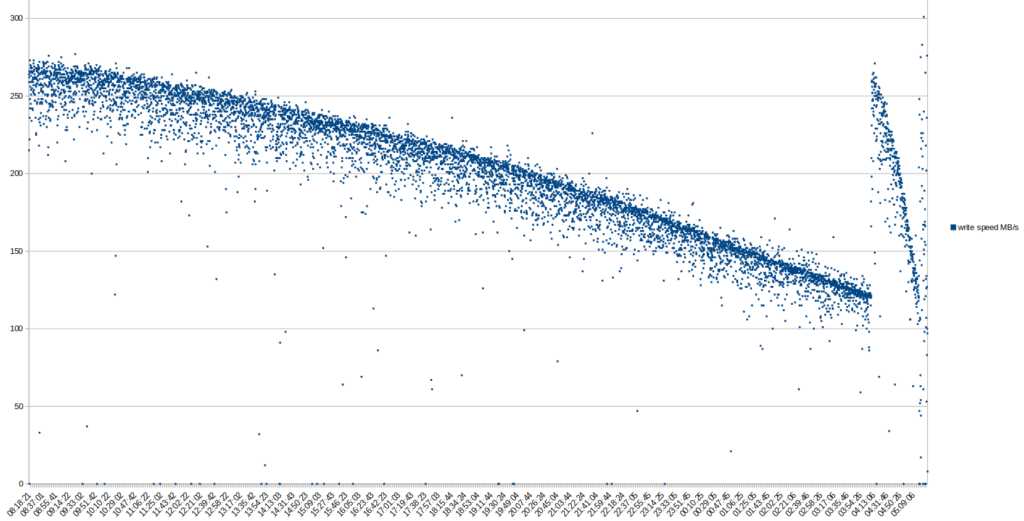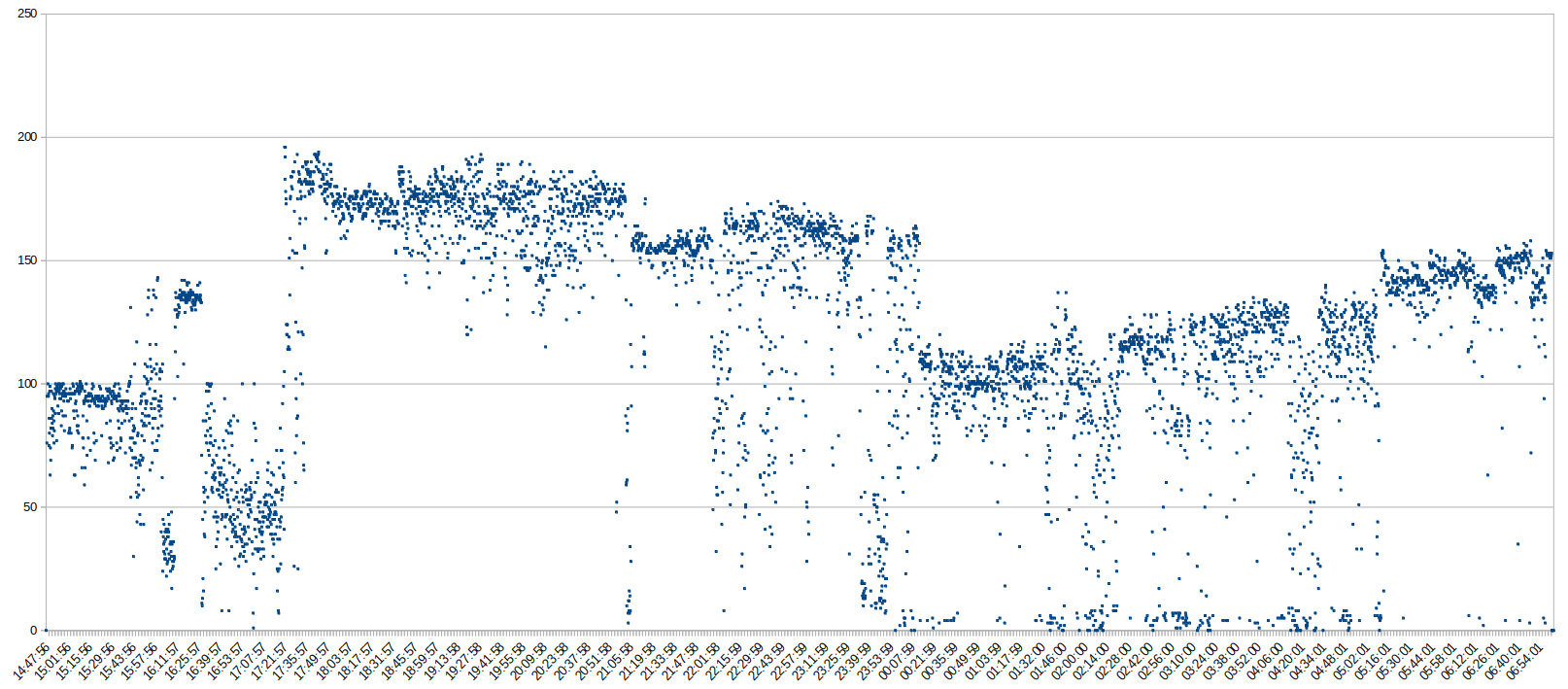
I recently flew to Iceland with Iceland air, and as it was a 3 hour flight from Frankfurt, I was happy to try the on-board Internet to stay connected. For 12 euros a flight, it was perhaps not cheap, but compared to the price of the ticket, it’s almost negligible. As large parts of the trip are over water, satellite connectivity was used. Like the on-board Internet I reviewed last year on Delta when flying to the US, connectivity was provided by Viasat.
Continue reading In-Flight to Iceland with Viasat



